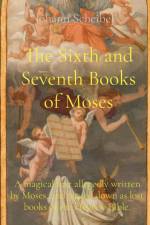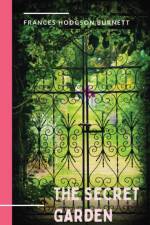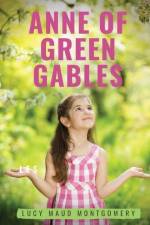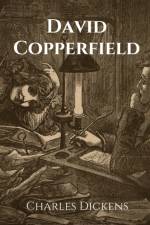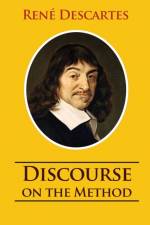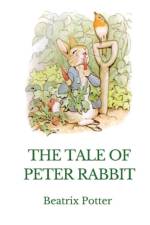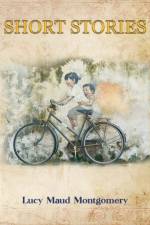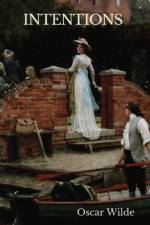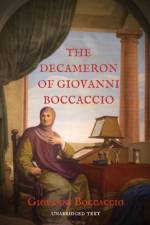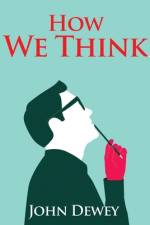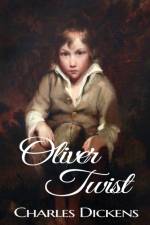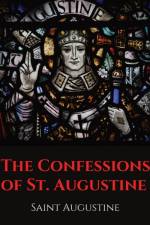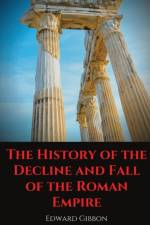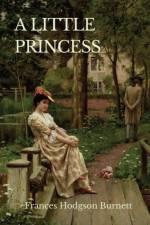von Kenneth Grahame
23,00 €
The Wind in the Willows By Kenneth GrahameThe Wind in the Willows is a children's novel by Scottish novelist Kenneth Grahame, first published in 1908. Alternatingly slow-moving and fast-paced, it focuses on four anthropomorphised animals: Mole, Rat (a European water vole), Toad, and Badger. They live in a pastoral version of Edwardian England. The novel is notable for its mixture of mysticism, adventure, morality, and camaraderie, and celebrated for its evocation of the nature of the Thames Valley.In 1908, Grahame retired from his position as secretary of the Bank of England. He moved back to Berkshire, where he had lived as a child, and spent his time by the River Thames, doing much as the animal characters in his book do - to quote, "simply messing about in boats" - and expanding the bedtime stories he had earlier told his son Alastair into a manuscript for the book.The novel was in its 31st printing when playwright A. A. Milne adapted part of it for the stage as Toad of Toad Hall in 1929. In 1949, the first film adaptation was produced by Walt Disney as one of two segments in the package film The Adventures of Ichabod and Mr. Toad.In 2003, The Wind in the Willows was listed at #16 in the BBC's survey The Big Read. More than a century after its original publication, it was adapted again for the stage, as a 2014 musical by Julian Fellowes.Kenneth Grahame was born on 8 March 1859 in Edinburgh. When he was 5, his mother died from puerperal fever, and his father, who had a drinking problem, gave the care of his four children over to their grandmother, who lived in Cookham Dean in Berkshire. There they lived in a spacious but dilapidated home, The Mount, in extensive grounds by the River Thames, and were introduced to the riverside and boating by their uncle, David Ingles, curate at Cookham Dean church.At Christmas 1865 the chimney of the house collapsed and the children moved to Fern Hill Cottage in Cranbourne, Berkshire. In 1866, their father tried to overcome his drinking problem and took the children back to live with him in Argyll, Scotland, but after a year they returned to their grandmother's house in Cranbourne, where Kenneth lived until he entered St Edward's School, Oxford in 1868. During his early years at St. Edwards the boys were free to explore the old city with its quaint shops, historic buildings, and cobbled streets, St Giles' Fair, the idyllic upper reaches of the River Thames, and the nearby countryside.Grahame married Elspeth Thomson in 1899, when he was 40 the next year they had their only child, a boy named Alastair (whose nickname was "Mouse") born premature, blind in one eye, and plagued by health problems throughout his life.


